Scary! Hybrid Solar Eclipse images reveals unearthly eruptions on the Sun
Astronomers Petr Horalek has captured stunning images of the hybrid solar eclipse which happened on April 20, 2023 revealing some fascinating eruptions on the Sun. Check details.
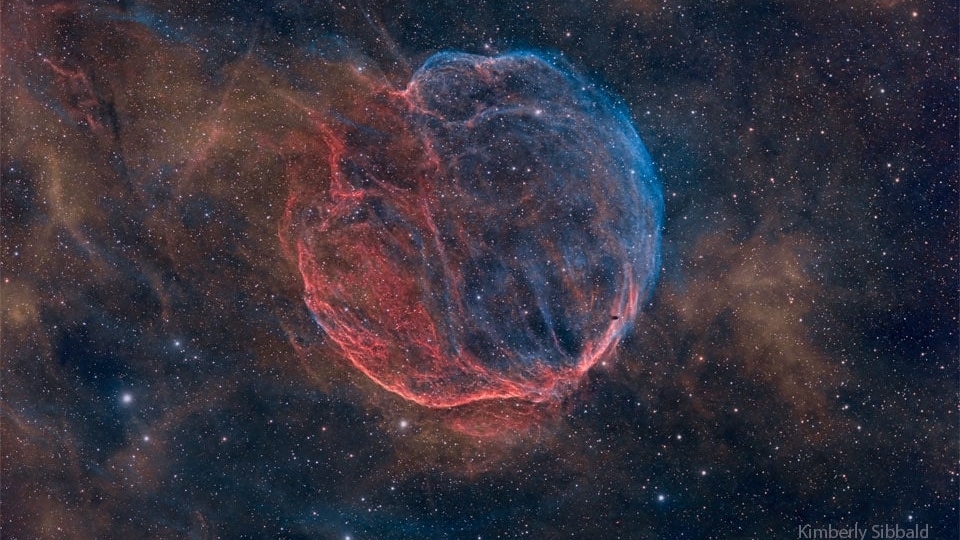
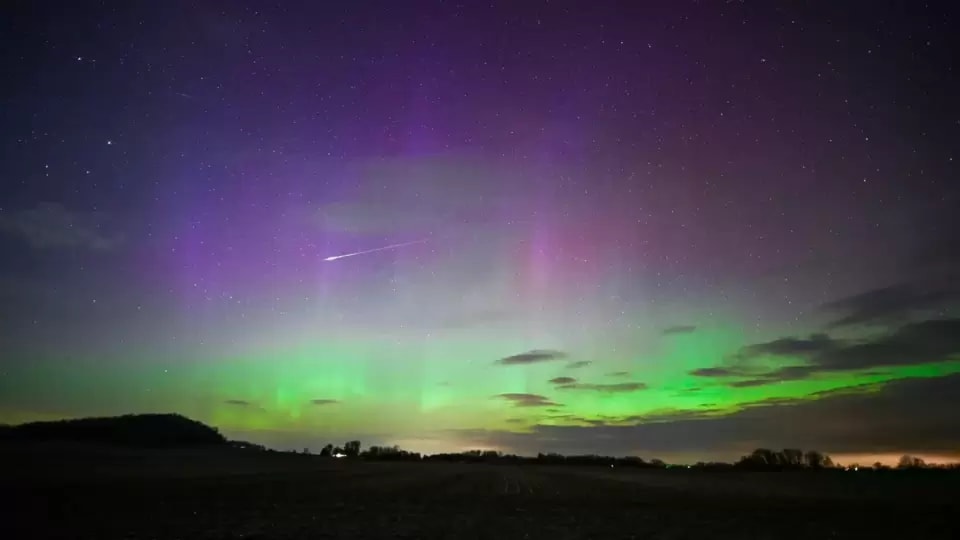
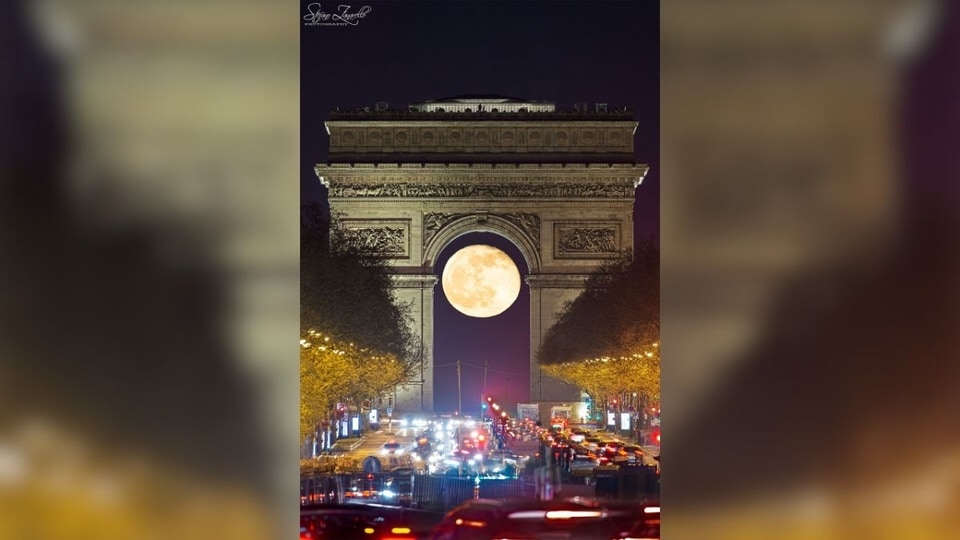
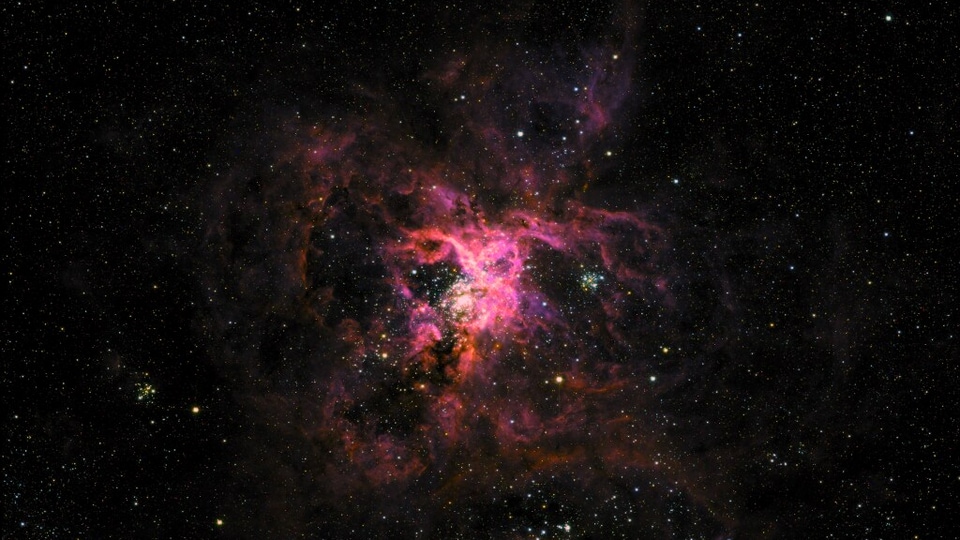
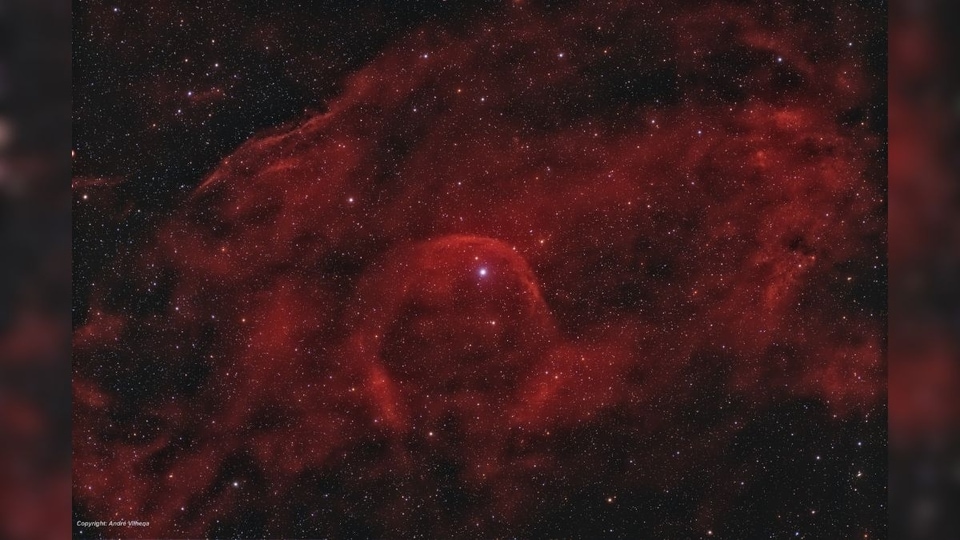
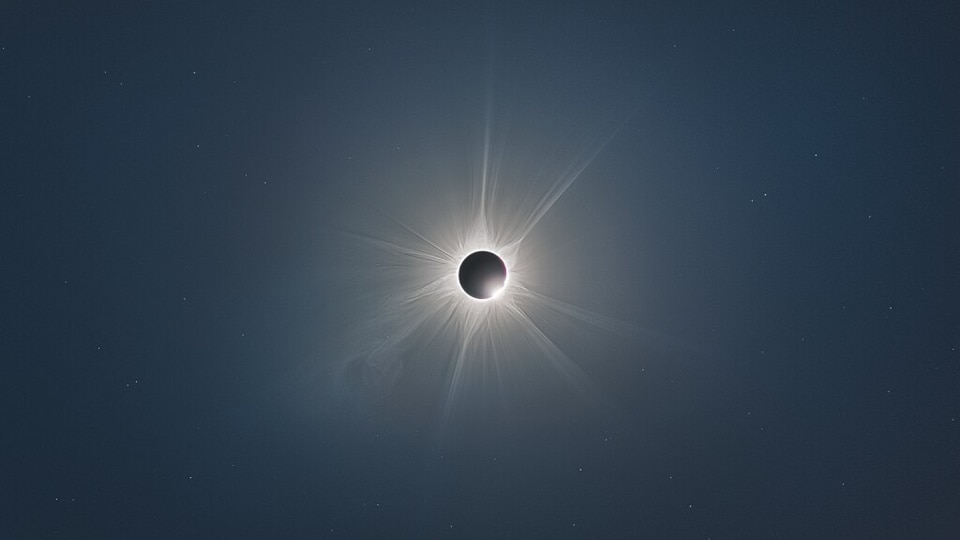
 View all Images
View all ImagesThe first solar eclipse of 2023 which took place on April 20, 2023 gave a unique opportunity to people to watch a hybrid solar eclipse. But now the images captured by Astronomers Petr Horalek of the Institute of Physics in Opava, and Josef Kujal, Milan Hlavac of the event have left people amazed both. The images show unearthly or ghostly eruptions coming out from the Sun.
The unique celestial event of April 20, has given a peek at the eruption and corona of the Sun to the astronomers. Sharing the image Petr Horalek stated on his website, "On April 20, 2023 a unique hybrid solar eclipse occurred over the Indian Ocean, Australia, and Indonesia, making the opportunity to see a ghostly corona for up to 1 minute in the central line above Exmouth of Australia."
"I was lucky to get there for the spectacular phenomenon. Here are some first results of the phenomenon and also the atmosphere around it. Excitements were huge over the Pebble Beach, where over 300 people parked their cars to see the 1-minute totality with huge prominence and solar-max-shaped corona," he added.
The image shows the moment of the diamond ring phenomenon when the eclipse ends. Peter further informed via his website that "You can notice CME events in the solar corona as well in the image. Some reflections made the result worse considering there was only 1 minute to take the image sequence, but the final view reveals more than was visible to the naked eye.
It can be known that a Coronal Mass Ejection (CME) are huge bubbles of coronal plasma threaded by intense magnetic field lines that are ejected from the Sun over the course of several hours. They often occur along with solar flares (explosions on the Sun's surface), but they can also occur spontaneously. The frequency of CMEs varies with the 11 year solar cycle.
According to NASA, CMEs disrupt the flow of the solar wind and cause disturbances that can damage systems in near-Earth and on Earth's surface. Their magnetic fields merge between the interplanetary magnetic field (IMF) and geomagnetic field lines. This direct link between even a small percentage of the geomagnetic field lines and the IMF results in large increases in the rate of energy transfer from the solar wind and the magnetosphere. Because of this, CMEs are among the most important drivers of geomagnetic storms and substorms.
Hybrid solar eclipse
A solar eclipse occurs when the Sun, the Moon, and Earth line up, either fully or partially. Depending on how they align, eclipses provide a unique, exciting view of either the Sun or the Moon. "A solar eclipse happens when the Moon passes between the Sun and Earth, casting a shadow on Earth that either fully or partially blocks the Sun's light in some areas," NASA said. While a hybrid solar eclipse takes place when a total eclipse and the annular solar eclipse occur at the same time.
Catch all the Latest Tech News, Mobile News, Laptop News, Gaming news, Wearables News , How To News, also keep up with us on Whatsapp channel,Twitter, Facebook, Google News, and Instagram. For our latest videos, subscribe to our YouTube channel.
































